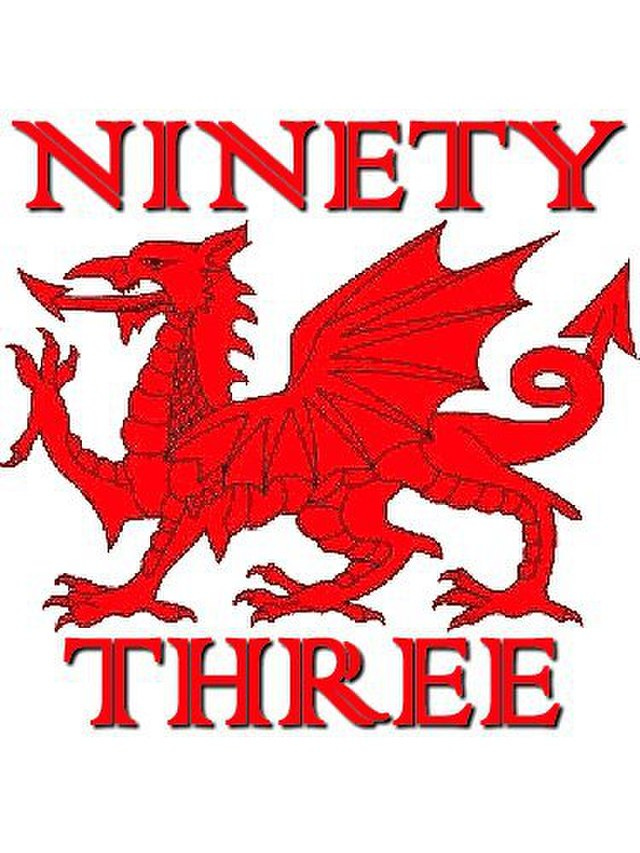The comments are open to all this week, so chime in with your predictions!
With the election only 37 days away, it seems a good time to take a look at the most recent polling data.
First, in general they could be described as all over the place; that is, if that place is no more than 4 percentage points wide.
Nationally, as of Saturday, Kamala Harris led in the overall national popular vote by 2 points. Not good, you say?
At this point in 2016, Hillary Clinton was besting Donald Trump by about 6 points and in 2020 Joe Biden had a 3 point lead so, if anything, this election could be shaping up to be even closer than those two.
But there is a strong caveat – Clinton’s eventual 2 percent popular vote “win” came from one state – California – and then some. Without her margin in the Golden State, Clinton lost the popular vote.
And, if you add the New York margin, the same held true for Biden in 2020.
In other words, the extremely blue extremely large states inherently skew the popular vote and the polls about the popular vote – that’s why Harris doing not as well as Biden or Clinton is not a good sign for her campaign. It’s not make or break, but it has to cause a sense of nervousness.
It is the electoral college – the battleground states, as it were – that matters. Right now, they are absurdly close, though Trump seems to have a tiny peek-a-boo of an edge, something he did not have in the past two elections at this stage of the campaign.
In 2016, if 330,000 voters had shifted in 4 states, Clinton would have won. In 2020, if only 80,000 voters in four states had shifted Trump would have won. Three of those states are the same or both elections – Wisconsin, Georgia, and Arizona, and Clinton would have needed Pennsylvania in 2016 and Trump Nevada in 2020.
Think about that for a bit – essentially, the presidency is up to five states and, even tinier than that, about 250,000 people scattered amongst those states.
250,000 is about the population of Scottsdale, Arizona or Toledo, Ohio. It’s not even one-tenth of one percent of the population of the country
It is that close and has been that close for a decade.
Now imagine a couple of other things – a fair press and a fair process.
Literally millions of dollars and billions of gallons of ink and trillions of pixels have been spent demonizing Trump since he first announced and still the difference is still that minuscule. Imagine if the press had treated Trump fairly and, to be blunt, he had stayed off Twitter a bit more?
These numbers are known by everyone and that’s why the anti-Trump hatred must continue at every level with the heat of a thousand suns. Those 250,000 or so people must be made to feel that voting for Trump is literally evil and racist and terrible and hateful.
Putting aside the glaring security issues, the strategy worked in 2020. Trump’s vote percentage went down from 2016 in exactly one demographic group – white guys.
White guys who almost certainly looked at the name and felt overwhelmed by the negative image and said to themselves “If I vote for Trump, that makes me a racist…pass.”
The unrelenting nature of the Trump opposition is meant to move people not based on policy, but guilt and shame and fear. Nothing else matters and that’s why the drums must beat ever more loudly for the next 37 days.
As for this week’s epigram, I thought this might be fitting:
“No one can make you feel inferior without your consent.”
Thanks for subscribing!





This is an excellent reminder that national polling is worthless as a measure of national support, especially Electoral College strength. We need only pay attention to credible polling (look hard; they're challenging to find) in these states: Nevada, Arizona, Wisconsin, Michigan, Pennsylvania, Georgia, and maybe New Hampshire, Virginia, and North Carolina. Please pay close attention to the +65 graphic - if a poll shows them heavily for Harris, the poll is a classic case of either selection or response bias. And if the reports of polls don't share their demographics and crosstabs, toss them in the circular file.